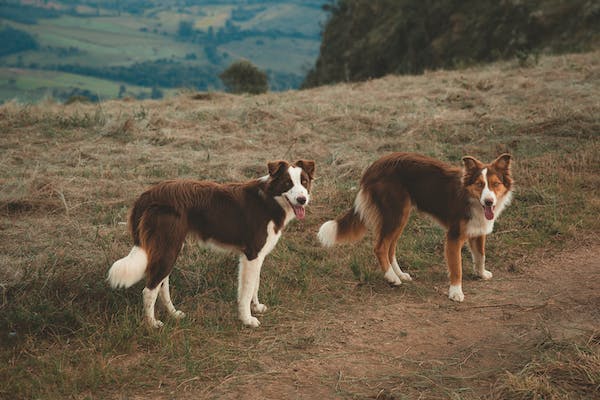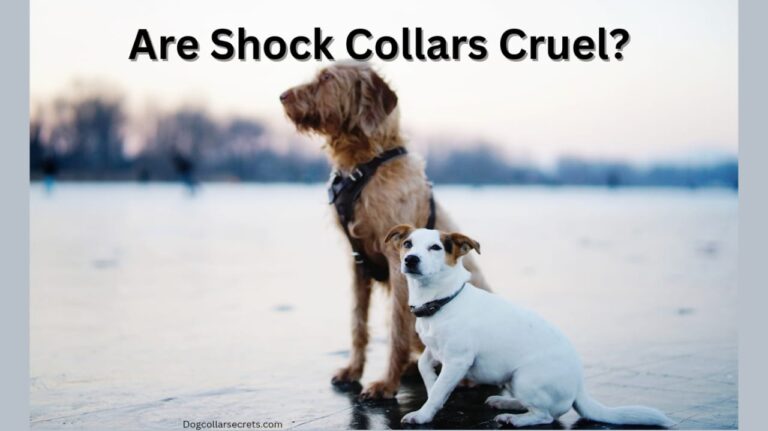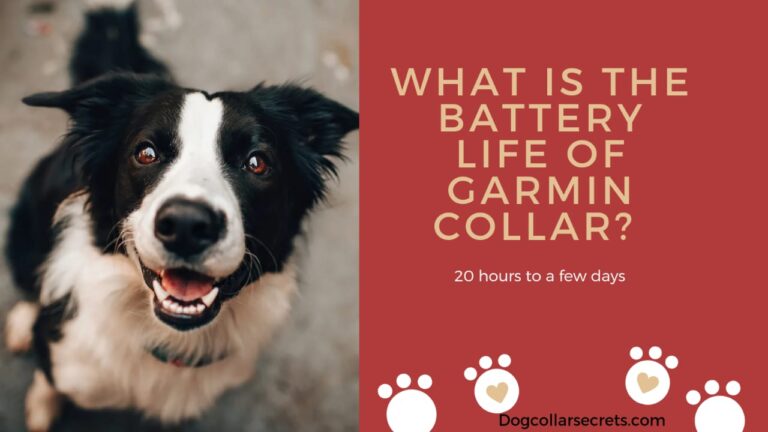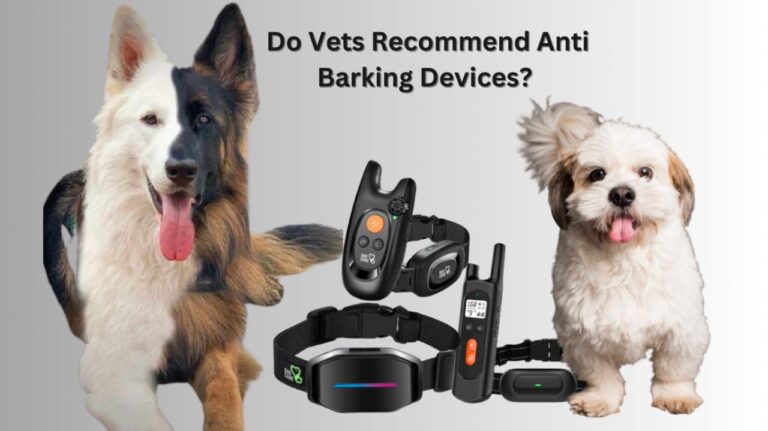Are collars or harnesses better for Great Danes?
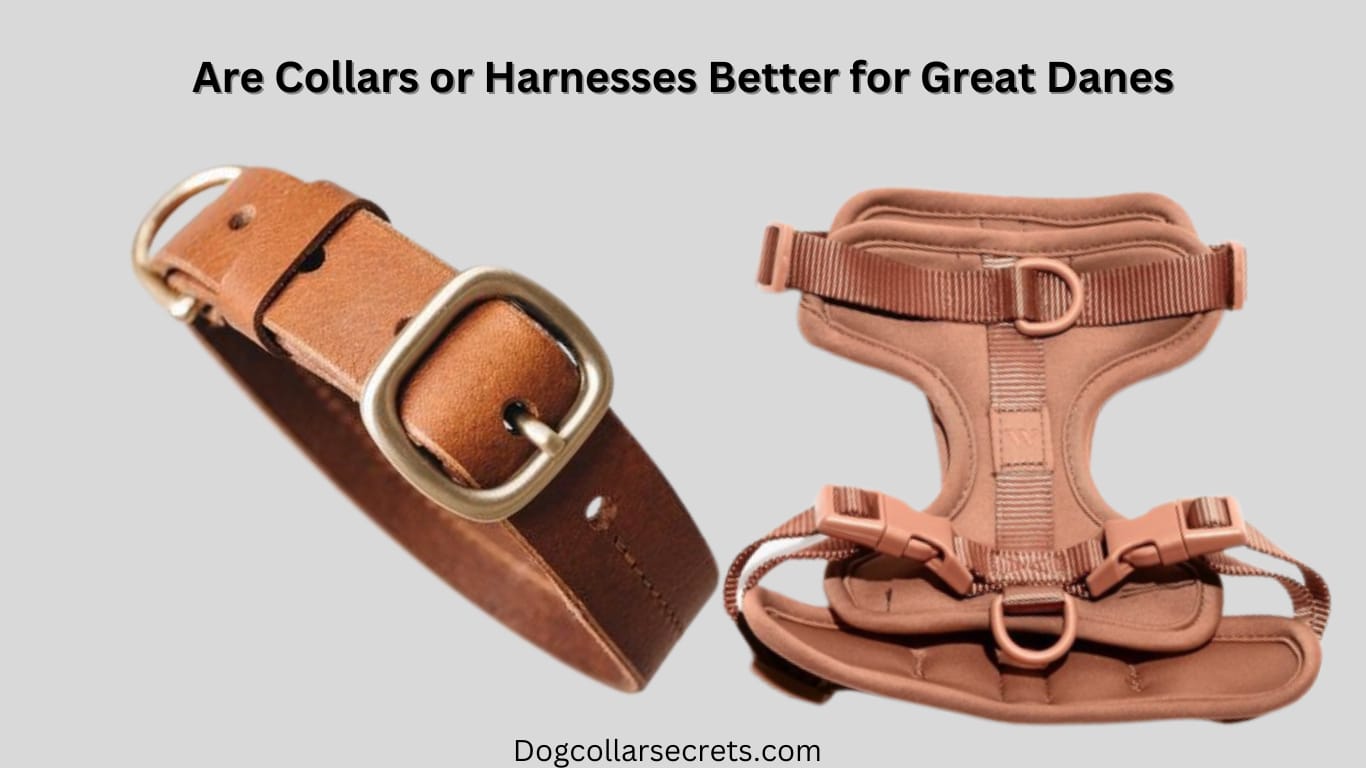
Are collars or harnesses better for Great Danes?
Owning a Great Dane raises an important question: Are collars or harnesses better for Great Danes? If you’ve got one of these majestic dogs at home, you’re likely weighing your options for walks and training. So, let’s break down the factors and figure out the answer.
Are collars or harnesses better for Great Danes?
When it comes to deciding between collars and harnesses for Great Danes, each option has its perks. Great Dane dog collars are straightforward and handy for everyday use. Yet, the sheer size and strength of Great Danes make us think twice about potential neck strain and control issues. That’s where dog collars specifically made for large breeds step in—they strike a balance between identification and effective control, addressing the unique needs of Great Danes.
On the flip side, harnesses present a compelling alternative, especially considering the robust build of Great Danes. By distributing pressure evenly across the body, harnesses ease the strain on the neck and offer better control during walks. This is particularly beneficial for powerful dogs that might have a tendency to pull. Choosing between a dog collar and harness for a Great Dane depends on your dog’s behavior, health, and personal preferences. Some pet owners even go for a mix, using a harness for walks and a collar for ID purposes.
In a nutshell, picking between collars and harnesses for Great Danes isn’t a one-size-fits-all decision. Both options have their perks. While Great Dane dog collars are simple and serve for identification, harnesses provide better control and reduce strain on the neck. To make the right choice, consider your dog’s behavior, health, and what feels right for you. Whether you go for a dog collar designed for large breeds or a harness for added control, prioritize your Great Dane’s comfort and safety during every outing.
What’s the better choice for them, collars or harnesses?
Understanding Collars:
Traditional collars are the go-to choice for many dog owners. They are simple, lightweight, and easy to use. For Great Danes, collars can be suitable if the dog is well-behaved on a leash and doesn’t have a history of neck or spinal problems. Collars come in various styles, including adjustable, personalized, and training collars, offering versatility for different needs.
However, there are considerations. The anatomy of Great Danes, with their long necks and muscular build, requires careful sizing and fitting. Ill-fitting collars may lead to discomfort, chafing, or even potential injury, especially if the dog tends to pull on the leash. It’s crucial to choose a collar that distributes pressure evenly and is wide enough to prevent strain on the neck.
Harness Considerations:
Harnesses have gained popularity, especially for larger breeds like Great Danes. They provide an alternative to collars and offer several advantages. A harness distributes pressure across the dog’s body, reducing the strain on the neck and minimizing the risk of injury, which can be crucial for powerful breeds prone to respiratory issues.
Great Danes are known for their strength, and a harness can provide better control during walks, preventing the dog from pulling excessively. There are various types of harnesses, including front-clip, back-clip, and dual-clip options. Front-clip harnesses are particularly effective for discouraging pulling, and redirecting the dog’s attention towards you.
Behavioral Considerations:
The behavior of your Great Dane plays a significant role in deciding between a collar and a harness. If your dog is well-mannered on a leash and doesn’t pull excessively, a collar may be a convenient option. On the other hand, if your Great Dane tends to be exuberant or pulls during walks, a harness can provide better control and prevent potential injuries.
Some pet owners find that harnesses are particularly beneficial for training purposes. They discourage pulling and jumping and can be instrumental in teaching your Great Dane leash manners. However, the effectiveness of training often depends on the individual dog and the consistency of the training approach.
Pros of Collars for Great Danes:
Great Dane dog collars come with certain advantages, primarily in their simplicity and ease of use. These collars are convenient for everyday activities, providing a straightforward solution for leash attachment and identification. The versatility in styles, including options designed specifically for large breeds, ensures a range of choices for different needs. The lightweight design of collars is generally well-received by dogs, especially those not accustomed to additional gear. Additionally, collars serve as an excellent platform for attaching identification tags, a crucial element for the safety of your Great Dane.
Cons of Collars for Great Danes:
Despite their convenience, there are considerations to bear in mind. Large breeds like Great Danes may experience neck strain, particularly if they have a tendency to pull on the leash. Ill-fitting collars pose a risk of chafing, especially during walks, leading to discomfort for the dog. The limited control offered by collars can be a concern, especially for powerful breeds prone to pulling behavior. While great for identification purposes, collars may not be the ideal choice for training, especially for dogs requiring leash manners.
In the decision between collars and harnesses for your Great Dane, it’s crucial to weigh these pros and cons, taking into account your dog’s behavior, health, and specific needs. Regular checks for proper fit and comfort are essential to ensure a positive and safe experience for your beloved furry companion.
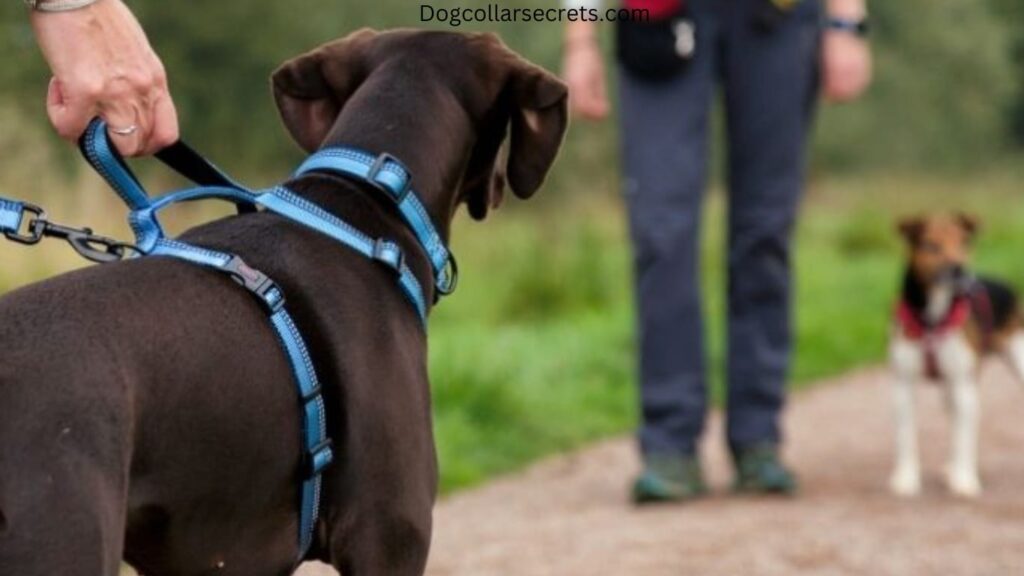
Pros of Harnesses for Great Danes:
Harnesses present several advantages for Great Danes, particularly in addressing the needs of large breeds. One significant benefit is the even distribution of pressure across the body, reducing strain on the neck, a crucial consideration for dogs like Great Danes prone to respiratory issues. The enhanced control provided by harnesses is especially valuable for managing these powerful dogs during walks. Additionally, harnesses can serve as effective training aids, discouraging pulling behaviors and promoting better leash manners. For dogs that may chew on the leash, a harness can act as a deterrent, providing additional security and preventing damage.
Cons of Harnesses for Great Danes:
While harnesses offer numerous benefits, there are considerations to keep in mind. Putting on a harness can be more complex compared to a collar, and some dogs may need time to adjust to the sensation of wearing one. Certain harness designs may limit shoulder movement, impacting the dog’s natural range of motion. In long-haired breeds, there is a potential for matting, especially in areas where the harness rests. Additionally, some dogs may find the sensation of a harness less comfortable initially. Despite these considerations, harnesses remain a popular choice for managing and training large breeds like Great Danes, providing a secure and comfortable walking experience.
In the decision-making process between collars and harnesses for your Great Dane, understanding these pros and cons, alongside considerations of behavior, health, and specific needs, will guide you toward the option that ensures a comfortable and enjoyable walking experience for your beloved furry companion.
Conclusion
In the ongoing debate of deciding Are collars or harnesses better for Great Danes?, the key is finding the right fit for your gentle giant. Collars, known for their simplicity and ease of use, prove excellent for everyday activities and leash attachment. Offering versatility in styles, particularly those crafted for large breeds, Great Dane dog collars are a favored choice. The lightweight design is especially appreciated by dogs unaccustomed to extra gear. Moreover, collars function as a convenient spot for crucial identification tags, ensuring the safety of your Great Dane.
However, this convenience comes with considerations. Larger breeds like Great Danes might experience neck strain, especially if they tend to pull on the leash. Ill-fitting collars may lead to chafing during walks, causing discomfort for your furry companion. The limited control provided by collars may pose a concern, particularly for powerful pullers. Despite their effectiveness for identification, collars may not be the optimal choice for training purposes, especially if your dog needs to master leash manners.
So, what’s the verdict? It hinges on the unique characteristics of your Great Dane. Before settling on Great Dane dog collars or harnesses, evaluate your dog’s behavior, health, and specific needs. Regular checks for proper fit and comfort are paramount to ensuring a positive and safe experience. Whether you lean towards a collar or a harness, the ultimate goal remains a joyful and comfortable outing for your beloved Great Dane.

This may also be helpful for you: What Size Collar For A Great Dane Puppy?
How To Train A Great Dane With A Shock Collar?
Should I Walk My Dog With A Collar Or Harness?
How To Walk A Dog Without A Collar?
FAQ
Are harnesses better than collars for large dogs?
It depends on the dog’s behavior. Harnesses distribute pressure more evenly, reducing strain on the neck. They are often preferred for large dogs, providing better control, especially if the dog tends to pull on the leash.
What collar is best for walking a Great Dane?
Opt for wide, sturdy collars designed for large breeds like Great Danes. A collar with an adjustable fit, made of durable materials, ensures comfort and safety during walks.
Do Great Danes pull on a leash?
Great Danes, being strong and curious, may pull on the leash. Training and using appropriate equipment, like harnesses designed for large breeds, can help manage pulling behavior.
Do vets recommend collars or harnesses?
Veterinary opinions vary. Some vets prefer harnesses for their potential to reduce neck strain, while others may recommend collars based on individual dog needs. It’s advisable to consult your vet for personalized advice.
Do dogs behave better with a harness?
Harnesses can be beneficial for controlling certain behaviors, especially pulling. They distribute pressure across the body, providing better control and reducing the likelihood of injury. However, individual dog behavior and training also play significant roles.

